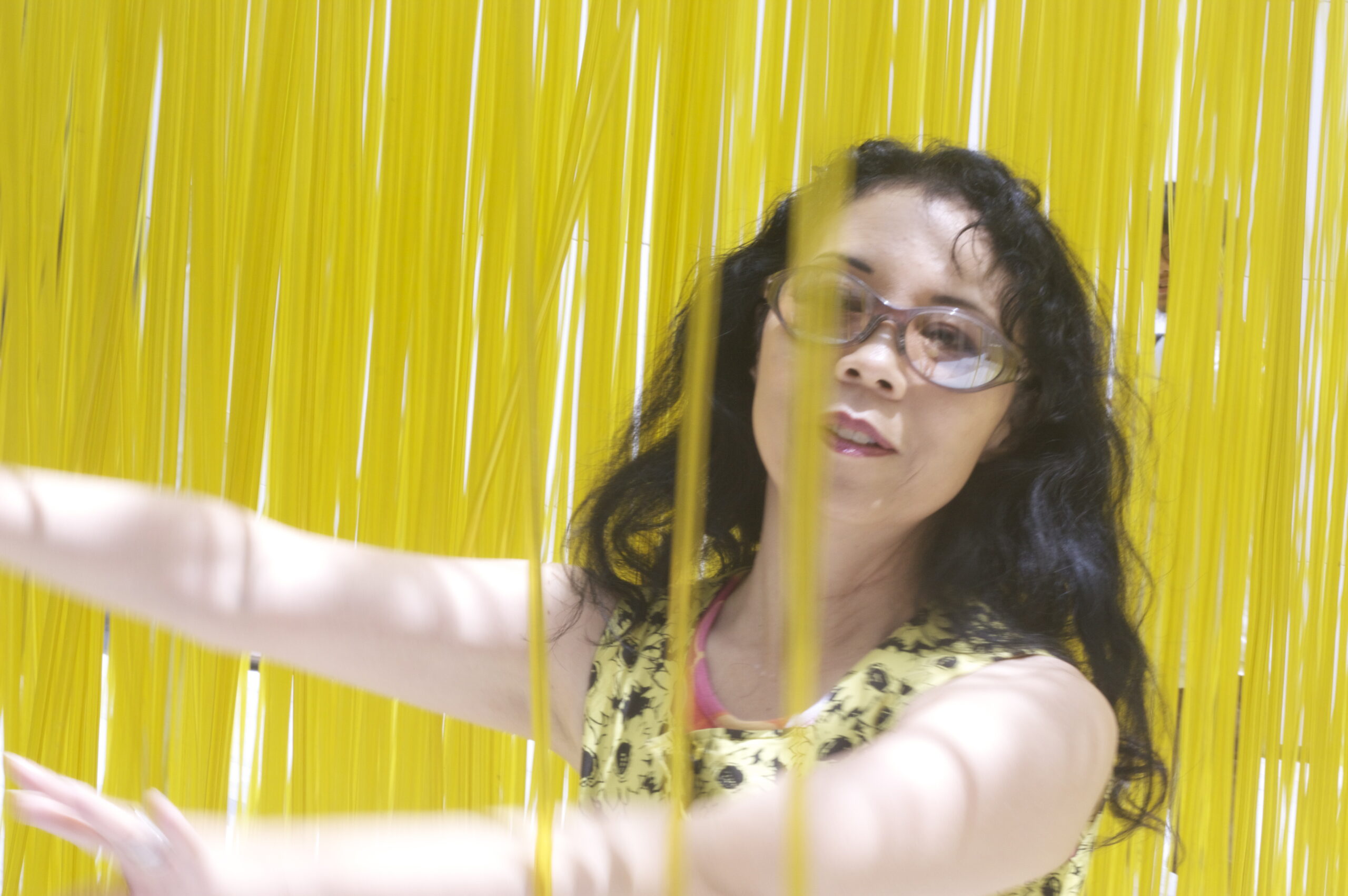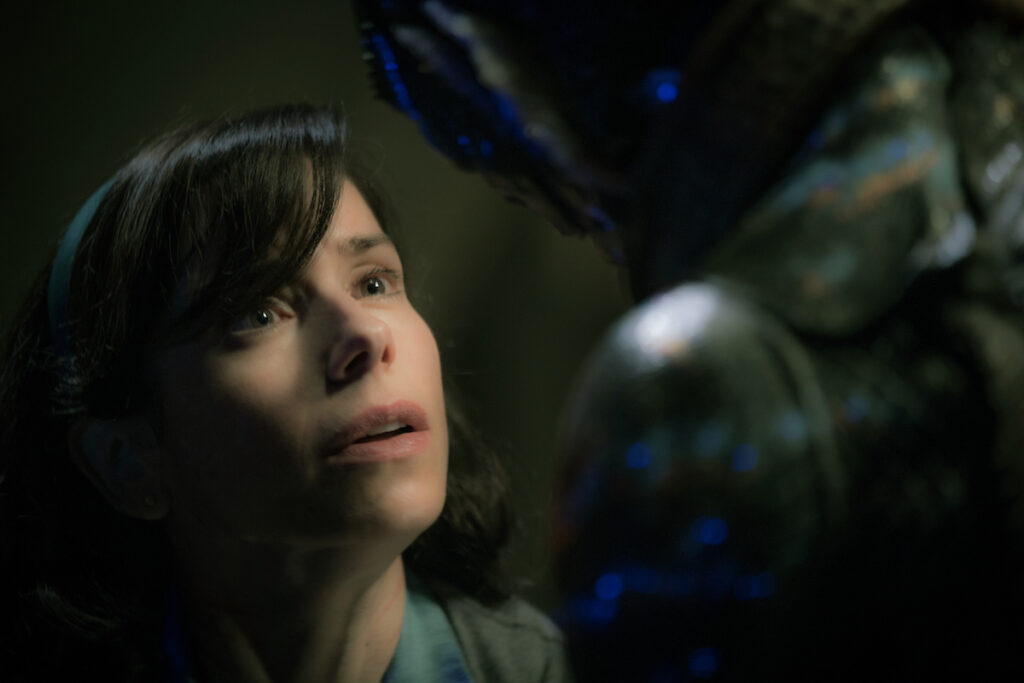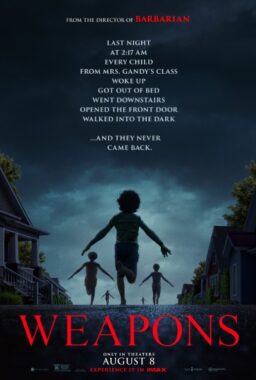As part of the awards campaign, before and after the AFI screening, Guillermo del Toro and his cast for “The Shape of Water” have been giving panel presentations. If you heard del Toro talk at Ebertfest, you’ll know he’s a hoot, and at the Ahrya Fine Arts by Laemmle in Beverly Hills, the Sunday afternoon panel described how a creature feature became an unlikely romance (plenty of spoilers ahead).
“The Shape of Water” began fermenting in the brain of seven-year-old del Toro. As he recounted, “Sundays were church and movies for my family.” By family, he means his extended family that includes his grandmother in Guadalajara. After church, there were either matinees or television. “Channel six was all-day horror marathon, one after another. Most of them were Universal movies.”
Del Toro recalls the beautiful “Julie Adams swimming above the creature” as a “magical image.” He knew it was “an image of love” and he “was sure they would make love together.” He became obsessed with the creature, noting “I started drawing that image incessantly” (and sadly revealed that all those drawings had been lost). Yet as a creature feature, “Creature from the Black Lagoon” is really, del Toro notes, “a home invasion movie.”
“The Shape of Water” is set in 1962 Baltimore.” Alexandre Desplat‘s (“The Grand Budapest Hotel”) score for has a magical, whimsical quality that recalls the 2001 “Amélie” by Yann Tiersen. The music calls to the dancer in all of us.
In the movie, Sally Hawkins plays Elisa Esposito, a mute woman who dreams of being underwater but wakes up to find herself on her elegant green and dark hardwood Victorian sofa. She boils eggs, has a bath that serves as a time of sexual release and then takes half of her sandwich breakfast to her neighbor, Giles (Richard Jenkins), a freelancing commercial artist struggling to survive as color photography makes many of his skills obsolete.

Elisa rides a bus to work, getting there in time for her friend Zelda Fuller (Octavia Spencer) to give her cuts at the timecard punch-in clock line. Together they work at a mysterious concrete government facility. There Colonel Richard Strickland (Michael Shannon) and Dr. Robert Hoffstetler (Michael Stuhlbarg) are engaged in a battle over the future of a new “asset,” an amphibious man (Doug Jones). Elisa surreptitiously begins to form a tentative relationship with the creature who has beautiful, large expressive eyes with a second lid and who seems to have blue lights that glow under his scales.
Now that doesn’t sound anything like “Creature from the Black Lagoon,” but del Toro was determined to right a terrible wrong and do everything different. “You couldn’t do this movie without 25 years of experience where the arrogance and experience balances,” del Toro explained.
Hawkins explained, “For a long time I didn’t quite believe it would have come to reality,” but also said of the film, “Guillermo is a visionary. He writes for all of us.” Both she and Jones commented on the “luxury of time” they had to prepare and get to know each other and their characters. “We don’t usually get that.”
Although Hawkins’ character Elisa signs, “She’s not deaf. She has her own way of communicating. Maybe she learned it from a book.” It was “Something we vaguely talked about,” but she added, “I loved that it was her own thing and people she loved knew her way of communicating.”
Jones remembered, “I was working on ‘Crimson Peak’ at the time playing two ghost ladies, and on a day off, he (del Toro) called me into his office and he told me I was going to be the leading romantic male of this film in a fish suit.” Jones noted, “I’ve done 12 creatures for this man now” from Abe Sapien in “Hellboy” (with voice provided by David Hyde Pierce), to the Faun and the child-eating Pale Man in “Pan’s Labyrinth” to the ghosts of Edith’s mother and Lady Beatrice Sharpin in “Crimson Peak.” In this version of the creature, there’s emotional layering that Jones claims was made it possible by Hawkins who is “sprinkled with pixy dust” and “an absolute joy.”
At Spencer’s urging, Jones revealed that his dance double “had claustrophobia” and as a result, “I had to double my dance double.” Neither Jones nor Hawkins consider themselves dancers, but as they learned the dance steps to the musical segment, they also learned about each other and that helped with the “emotional layering” of this deep story love.
For his creature portrayal, Jones channeled Silver Surfer and then added a sprinkle of some toreador, some matador because what could be more beautiful and sexy than that? He also always posed to “lead with the pelvis.” Notice that the creature always has a “superhero pose” that’s “like a sculpture or painting” with some kind of “twist to the torso.” His creature always has “a hip cocked out to one side, like ‘yeah'” he noted with a click of the tongue and a wink.
Spencer noted that she had never met del Toro prior to becoming involved in the movie, but she had seen every movie that del Toro has directed and many of the TV programs he has either directed or inspired. When she finally met him, she recalls, “I thought it was going to be a 30-minute coffee,” but that turned into about three and a half hours where “we talked about everything: love, life, antiques.” It was only in the last five minutes that del Toro talked about the role of Zelda that he had written for Spencer.

Although “The Shape of Water” is “the third time I’ve played a woman in the 1960s,” Zelda was different because “for the first time I felt she was contemporary” because the only time she was confronted with the lack of agency in society was when she had scenes with Michael Shannon’s character. Zelda is a woman “who had agency in this narrative, who didn’t have to play her race or ethnicity or her gender.”
Jenkins noted that del Toro “reminds me of Mike Nichols in many ways” because Nichols never repeated himself.” Jenkins found del Toro to be “always curious, always fun,” but also noted that while he trusts his actors, del Toro also “has a vision” and “if you get outside of that, he pushes you back.”
Del Toro interjected that “I learned so much from Richard” because he and Hawkins “constructed such a beautiful friendship for real.”
Of the friendless character in the movie (Colonel Richard Strickland), Shannon said, “This was a candy movie for me” and that was “kind of a new frontier” because “I’d never done a candy movie before. It was kind of what I thought about mostly” and “certainly what we discussed most.”
There are a lot of things to consider if it were a candy scene (or a pill scene): “Should I be sucking the candy or chewing the candy?” His character has “a beautiful speech at the end when I’m torturing Bob about my lifelong devotion to candy.” Shannon admitted, “I continued to try and insert the candy into the film as much as possible to the point where Guillermo was like, ‘I don’t think this is a candy scene … let’s give the candy a rest. Let’s try acting here.'” Everyone in the panel and the audience laughed.
Spender then revealed during the shoot: “Michael Shannon became a verb. You knew you were doing great if you Michael Shannoned that.”

Stuhlbarg as the Dr. Robert Hoffstetler appreciated del Toro’s attention to detail. He noted, “never ever, ever in my entire career have I been handed a biography of my character” that was so dense it included, “where they came from, what they read, what experiences they might have been through.” He admitted, “I started reading the things Hoffstetler would have read and occasionally eating some of the things Hoffstetler would have eaten.” It was “a huge gift to embrace” but he also noted that del Toro said “if it doesn’t work for you throw it away.”
His character is a spy for the Russians and although he “had studied Russian for 5 and a half weeks in college” there is no way del Toro could have known that. Stuhlbarg “dove” into learning Russian which was “remarkably complex and nuanced thing” that he loved every minute of, but he was careful to note his characters speaks “with a Minsk accent.”
When queried, del Toro explained he set the movie in the 1960s because “it was still a fairy tale moment” in the United States because we had “Camelot in the White House” and “post-World War II affluence.” Things were pretty swell “if you are the right race and the right gender.” To get the language of the era, he said, “I listened to a documentary ‘Salesman’ on door-to-door Bible salesmen.”
While figuring out the linguistics of the era was a challenge for the director, the actors faced other challenges. Spencer noted, “It was hard for me to learn lines without having the vocal cues of the other characters” because Hawkins’ character is mute, “when I was in scenes with Sally, I was talking non-stop.” She also noted one “usually learn lines sitting down,” but “I had to learn them mopping, had to learn them folding clothes” because “all of our scenes where we were working were a challenge but fun to do as well.”
For Jones as the creature, the difficulty was in “having fall in love and consummate that love without one word.” That meant, “we had to develop a very non-verbal dialogue with each other,” yet he noted, “so much communication does happen visually, nonverbally–your expression, your posture, your stance, your gesture..changes everything you say” and he claimed, “Touch doesn’t lie.” He elicited laughter from the audience when he admitted he was scared of Hawkins during her nude scene, but explained it was because “I want to do her beauty some justice.”
Shannon said, “I actually had a lot of fun doing this movie until we got to the end” because he had “the distinct privilege” of being the only one of the main actors in both scenes that had to be shot in Toronto, in late autumn at night time in the rain. “I spent two wonderful nights with Michael Stuhlbarg in the rain.” Then he got to do it again.
Spencer came one of those nights to visit because she admitted, “I missed you guys” but then the freezing cold sent her home. And Shannon emphasized that he was still outside, at night, in the rain, causing the audience to laugh. “When I saw the movie, of course, it had to be that way because it was so unbelievably beautiful. It wouldn’t be the same if it wasn’t outside at night in the rain.”
For Jones, the toughest part was “the scene when Sally begs me to help her.” That was a bit of tricky choreography because he had to know when she was signing and they developed a rhythm which changed when it was actually filmed.
Stuhlbarg greatest challenge was the scene where Shannon’s Strickland “tells me to go outside and knock again” because “that scene made me laugh so hard” even when he was “trying to rehearse it by myself.” He admitted, “I was terrified that I would be unable to stop laughing.” And apparently he wasn’t quite able to hold all the laughter in. Del Toro revealed that the shot where Stuhlbarg’s mouth is twitching isn’t because he’s acting, but because he’s attempting to stifle laughter.

When asked why he decided to make Elisa mute, Del Toro explained that “one of the things every character in the movie has more problem communicating than the two silent characters” and one of his favorite scenes is only possible because Sally cannot speak. When Elisa is desperately trying to get Giles to help her rescue the creature, there are three layers. “One is purely emotional which is her eyes trying to talk. Then you get the lines. You get Richard repeating them but understanding what she is going through.” He further explained, “Love needs to be connected without words.” It requires “identifying yourself with the other” and because Sally cannot speak that scene is “much more cinematic.”
Del Toro noted to help Hawkins prepare for the role, he gave Hawkins a Blu-ray collection of Harold Lloyd, Buster Keaton and Charlie Chaplin but “very importantly Laurel and Hardy because Stan Laurel is a master of staying in the state of grace without doing barely anything.” He asked her to study them. Eventually, she began to move like them. Between Hawkins and Jones, there’s a “commonality of their movement” because “it was fluid; it was silent” while “the rest of the characters moved normally.” The creature and Elisa “were moving almost like they were made of water.” To make this romance work, Elisa “needed to be like the creature” and “she needed to be something different for every character.”
For Shannon’s arrogant character, “she needed to be something to be had. Something visible. Something he can take when he needs.” Then he joked for Spencer, Elisa was “a one-way ticket to a monologue.”
“The Shape of Water” made its premiere at the 74th Venice Film Festival where it won a Golden Lion, a Future Film Festival Digital Award and a C. Smithers Foundation Award – CICT-UNESCO for del Toro and a Soundtrack Stars Award – Best Soundtrack for Desplat. It was a special screening at AFI FEST 2017 on Friday, Nov. 10. “The Shape of Water” opens in the US on December 8.












